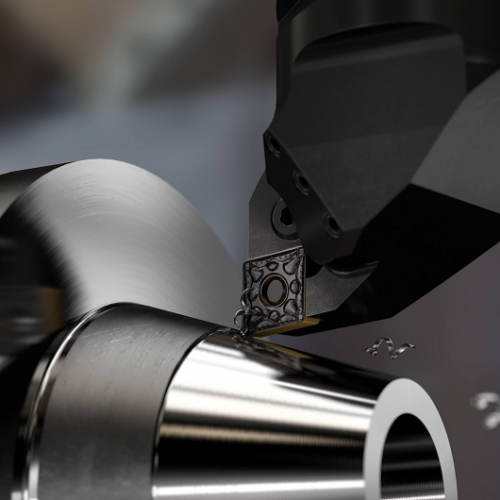September 23, 2020
The processing of stainless steel is widely used in various industrial sectors and, in particular, in the production of mechanical components. This is due to two characteristics of absolute importance, which make the products more performing: stainless steel is in fact capable of resisting both oxidation and corrosion, especially when put in contact with moisture and fresh water.It will also be useful to point out that the stainless steel normally used for the production of mechanical small parts is characterized by an important chromium content (higher than the carbon alloy). Its technical qualities are then enhanced by the presence of further elements, such as molybdenum and nickel. An interesting composition, which makes this alloy very resistant also to wear and mechanical traction.
The components made of stainless steel are able to passivate themselves, that is to be covered by a patina of oxides (invisible to the human eye as well as completely intangible) which protects them both from the attack of chemical agents and from the action of oxygen.
The processing of stainless steel with CNC machinery
Stainless steel processing is a process that takes place using CNC machines,
that is computerized numerical control: it is a process similar to that which is followed in the processing of carbon steel. The machinery receives the material, which is immediately fixed to the support mandrel. At this point the various tools are put to work, with the ultimate goal of designing a particular shape, as required by the specific project, gradually removing the chip. CNC machines are able to ensure maximum precision and fast machining both in the milling and turning process.
Stainless steel and carbon alloy: a quick comparison
If we compare the stainless steel and the carbon alloy, we discover that the former is significantly better than the latter, although we must take into account the fact that it has a higher cost. The amount of chromium is reduced in soft iron-carbon alloys, which makes these particular metals more exposed to chemical attack. They are malleable, easier to process and with a lower cost than stainless steel. They can be used successfully in closed circuit systems. As for the hard iron-carbon alloys, they are characterized by a greater surface solidity and are of complex processing, even if they can be improved by exploiting the hardening.
From the initial project to the prototype
The comparison with the customer, from the presentation of the original project to the prototype construction phases, is the essential hub of the entire production process. Even in the case of stainless
steel components, prototyping is a phase that allows a timely evaluation of the component under construction by the customer. A necessary and decisive check, capable of opening the doors to a further phase, that of full-scale production itself.
The use of the component inserted in the specific industrial process must take place in the best way, in accordance with the particular needs of the applicant. Attention to detail and a total mastery of cutting-edge techniques and machinery are required, coordinated and handled by highly qualified personnel, who have the knowledge and know-how








